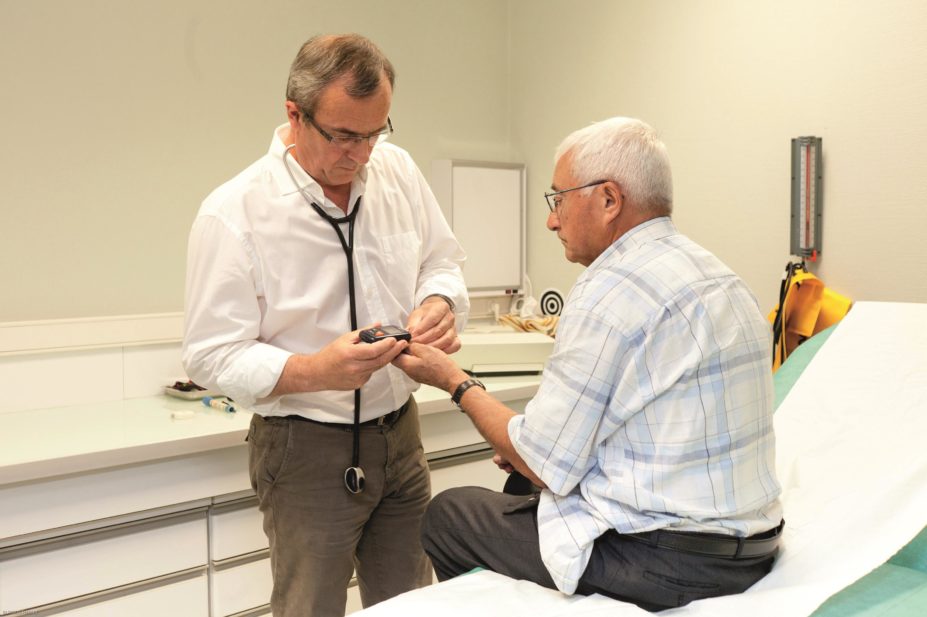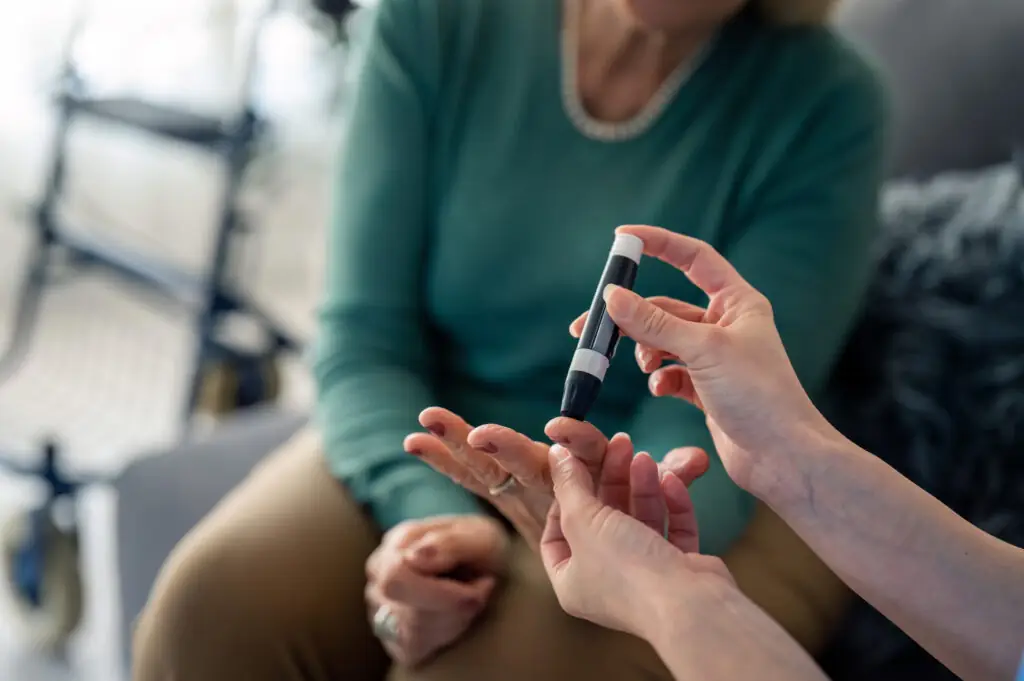
Phanie / Alamy Stock Photo
Healthcare professionals are being advised to take an individualised approach when treating adults with type 2 diabetes, according to an update of an existing clinical guideline from the National Institute for Health and Care Excellence (NICE), published on 2 December 2015.
This would take into account a patient’s personal preferences, comorbidities, risks from polypharmacy, and their ability to benefit from long‑term interventions because of reduced life expectancy.
NICE also advises that healthcare professionals reassess the patient’s needs and circumstances at each review and “think about whether to stop any medicines that are not effective”. The guideline contains an algorithm to guide healthcare professionals on making decisions on drug therapies.
Healthcare professionals are also being advised to involve patients in decisions about their HbA1c targets (the average amount of glucose in their blood over two to three months). For adults managed either by lifestyle and diet, or by lifestyle and diet combined with a single drug not associated with hypoglycaemia, patients should aim for an HbA1c level of 48 mmol/mol (6.5%), NICE recommends. For adults taking a drug associated with hypoglycaemia, this can rise to an HbA1c level of 53 mmol/mol (7.0%).
NICE recommends that if HbA1c levels are not adequately controlled by a single drug and rise to 58 mmol/mol (7.5%) or higher, clinicians should reinforce advice about diet, lifestyle and adherence to drug treatment and support the person to aim for an HbA1c level of 53 mmol/mol (7.0%) and intensify drug treatment.


